Rua Qianmen - Horário de funcionamento, destaques e dicas
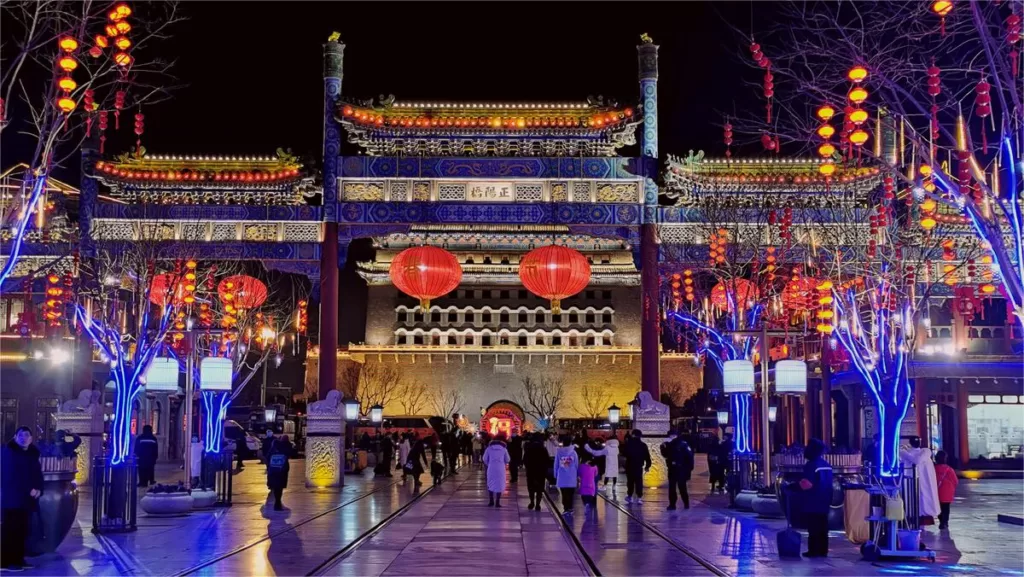
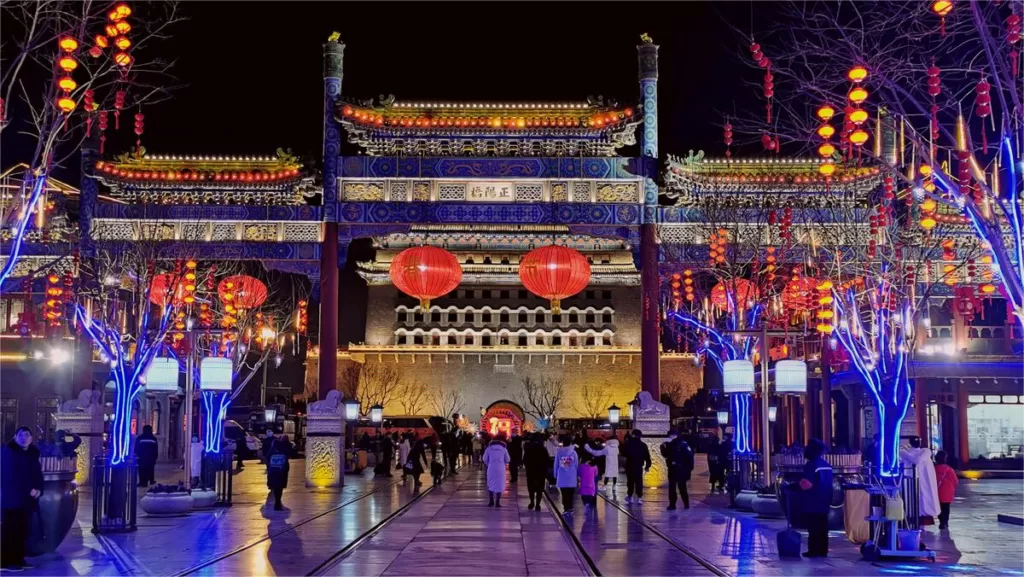
Qianmen Street (前门大街) is a famous commercial and cultural pedestrian street in the heart of Beijing, China. It has a history of over 500 years and was a vital business hub during the Ming and Qing dynasties. The street starts from Qianmen Gate to Tiananmen Square, covering a total length of 840 meters. The traditional architecture and layout of the street are preserved, including gray-brick buildings, stone-flagged streets, and red lanterns.
The street is a shopper’s paradise, with a wide range of stores, shops, and restaurants that offer various souvenirs, traditional snacks, tea, silk products, and other Chinese cultural items. Besides shopping, visitors can also enjoy cultural performances, exhibitions, and street shows. The street is also a popular destination for photographers who can capture the vibrant atmosphere, colorful storefronts, and street life of Beijing.
Índice
- Informações básicas
- Localização e transporte
- History of Qianmen Street
- Highlights of Qianmen Street
- Vlog about Qianmen Street
- Dicas úteis resumidas a partir de comentários
- Attractions near Qianmen Street
Informações básicas
| Duração estimada da excursão | 1-3 horas |
| Preço do bilhete | Grátis |
| Horário de funcionamento | The street is accessible 24 hours a day, but most vendors and restaurants open from 9.00 to 21.00 |
Localização e transporte
Qianmen Street is located in the heart of Beijing, China, just south of Tiananmen Square. It is situated in the Xicheng District and is easily accessible via public transportation, including the Beijing subway.
Autocarro: Take bus 2, 5, 20, 22, 48, 59, 66, 82, 93, 120, 137, 141, 599, 622, Tourist line 1 or 2 and get off at Qianmen Stop.
Metro: Take subway line 2 or 8, get off at Qianmen Station, and the street will be to your south.
History of Qianmen Street
Qianmen Street has a long and rich history dating back to the Ming Dynasty (1368-1644). It was originally called Zhengyangmen Street, after the nearby Zhengyang Gate, and served as a vital commercial hub in Beijing. The street was lined with shops, restaurants, and teahouses, and was known for its bustling atmosphere and lively entertainment.
During the Qing Dynasty (1644-1912), the street was renamed Qianmen Street, which means “front gate” in Chinese, as it led to the southern entrance of the Forbidden City. The street continued to thrive as a commercial center, with a variety of new businesses and industries taking root.
In the early 1900s, Qianmen Street underwent major renovations and modernizations. The street was widened, and many traditional gray-brick buildings were replaced with more modern structures. The street also became home to several prominent businesses, including the famous Rui Fu Xiang Silk Store, which has been in operation for over 150 years.
In the 1950s, however, Qianmen Street fell into decline as a result of economic and political changes in China. Many of the businesses that once thrived on the street closed down or moved elsewhere, and the once-vibrant atmosphere was replaced with a sense of neglect and decay.
In the early 2000s, the Chinese government launched a major renovation project to restore Qianmen Street to its former glory. The project aimed to preserve the street’s traditional architecture and layout while also modernizing it to meet the needs of a contemporary audience.
Today, Qianmen Street is once again a thriving commercial and cultural hub in Beijing. The street is home to a variety of shops, restaurants, and entertainment venues, and has become a popular destination for both locals and tourists alike.
Highlights of Qianmen Street
Arquitetura tradicional
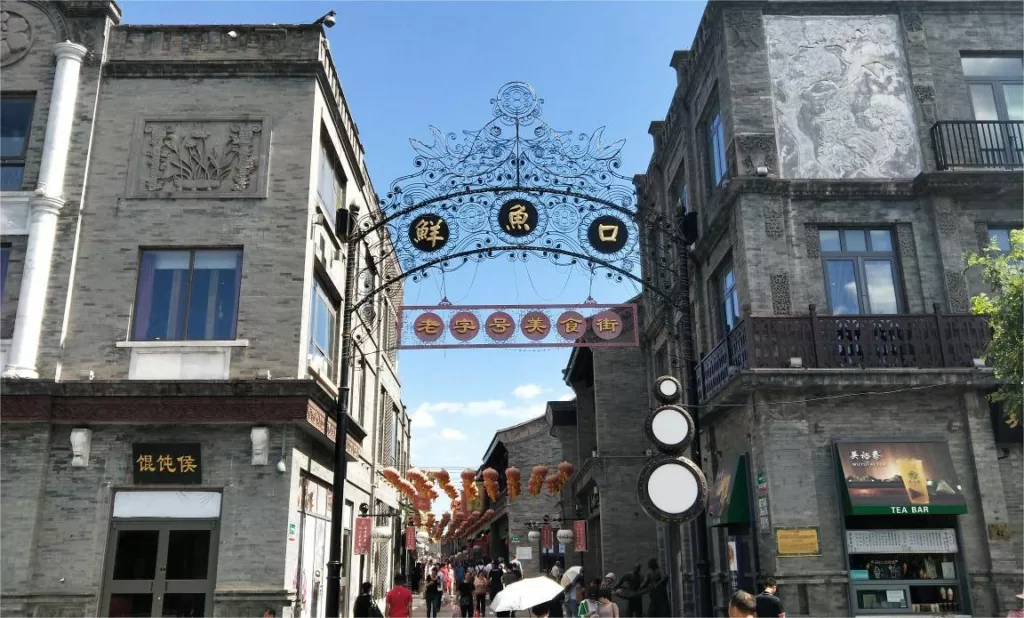
The architectural style of Qianmen Street is a mix of traditional Chinese and Western influences. The buildings are predominantly of the “Siheyuan” style, which are courtyard houses with four buildings surrounding a central courtyard. They are typically made of grey bricks and decorated with intricate wood carvings and colorful tiled roofs. Many of the buildings have been restored to their original appearance, giving visitors a glimpse into Beijing’s rich history and culture. The street also features Western-style buildings, which were built during the early 20th century when foreign influences were introduced to China.
Zhengyang gate

Zhengyang Gate is a magnificent ancient gate located in Qianmen Street. Also known as Qianmen Gate, it was built during the Ming Dynasty in 1420 and served as the main entrance to the Imperial City, the administrative center of Beijing.
The gate is a grand example of traditional Chinese architecture, featuring a large central archway flanked by two smaller archways on either side. It is made of grey bricks and adorned with intricate carvings, making it a popular spot for tourists and photographers alike.
Shopping
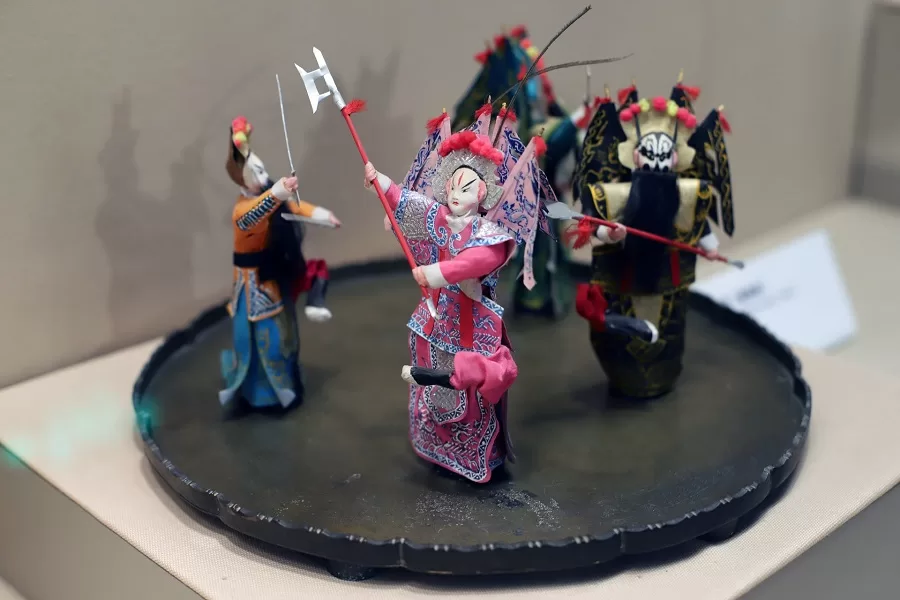
Tongrentang (同仁堂): Established in the 8th year of Kangxi’s reign (1669 AD), renowned for traditional Chinese medicine.
Ruifuxiang (瑞福祥): Founded in the 1st year of Tongzhi’s reign (1862 AD), a prominent silk store in Beijing.
Neiliansheng (内联升): Established in the 3rd year of Xianfeng’s reign (1853 AD), specializing in traditional Beijing cloth shoes.
Liubiju (六必居): Founded in the 13th year of Jiajing’s reign (1530 AD), famous for various types of pickled vegetables.
Yueshengzhai (月盛斋): Established in the 40th year of Qianlong’s reign (1775 AD), specializes in Halal lamb sauce.
Tongshenghe (同升和): Established in 1902, selling hats and multi-layered cloth shoes.
Tianfu Hao (天福号): Established in the 3rd year of Qianlong’s reign, known for its braised pork elbows, a delicacy favored by the Qing court.
Shengxifu (盛锡福): Opened in the 26th year of the Republic of China (1937 AD), specializing in hats.
Wuyutai (吴裕泰): Founded in 1887 AD, known for its jasmine tea.
Quanjude (全聚德): Established in the 3rd year of Tongzhi’s reign (1864 AD), famous for its Peking roast duck.
Zhang Yiyuan (张一元): Founded in the 34th year of Guangxu’s reign (1908 AD), famous for its jasmine tea.
Duyichu Shao Mai (都一处烧麦): Established in the 3rd year of Qianlong’s reign (1738 AD), specializing in fried dumplings.
Alimentação
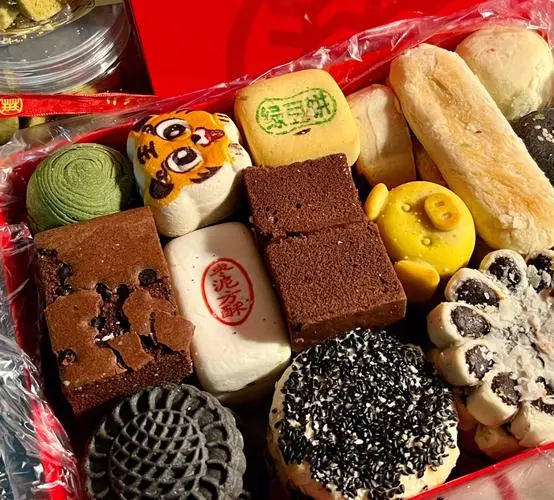
Tianxingju (天兴居): Known for its Chaogan and buns (recommended: pork dumplings).
Jinfang Snacks (锦芳小吃): Famous for its sweet dumplings.
Fangzhuan Chang Zha Jiang Mian (方砖厂炸酱面): Known for its fried sauce noodles.
Wuyutai (吴裕泰): Try their jasmine tea ice cream.
Fengnian Guan Chang (丰年灌肠): Famous for its fried sausages.
Mending Roubing (门钉肉饼): Offers meat pies for 10 yuan each.
Baodu Feng (爆肚冯): Try their Baodu and sesame tofu.
Cultural Experiences
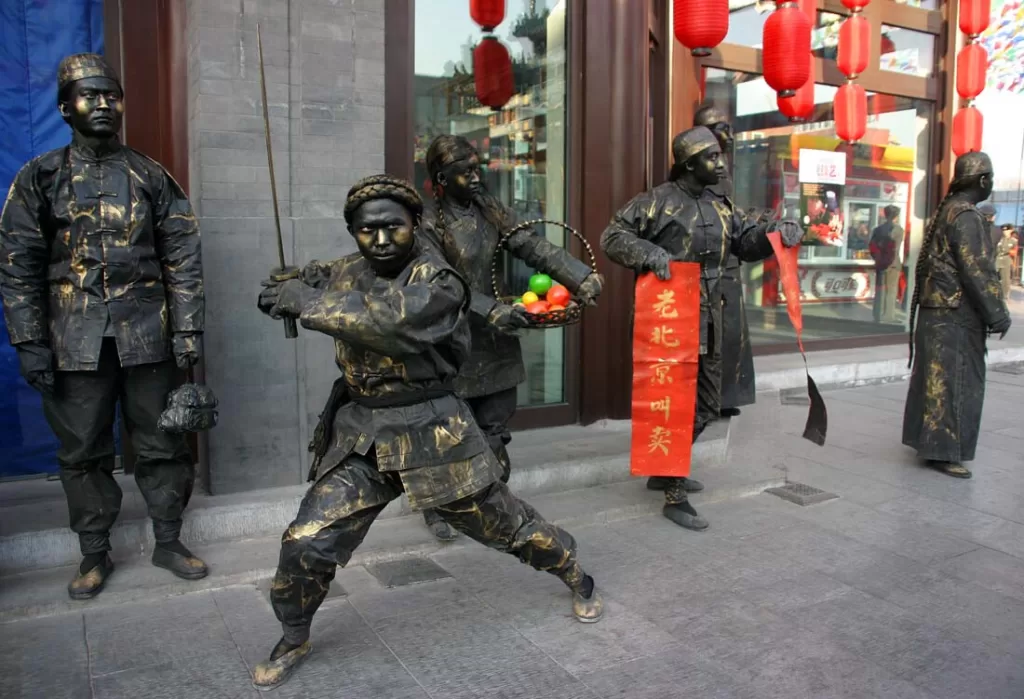
Qianmen Street offers a variety of cultural experiences for visitors to immerse themselves in the rich history and traditions of the city. One of the most popular experiences is watching a performance of traditional Chinese opera or acrobatics at the Liyuan Theatre. There are also several museums in the area, such as the Beijing Planning Exhibition Hall and the China Numismatic Museum, showcasing China’s cultural and historical heritage.
Vlog about Qianmen Street
Dicas úteis resumidas a partir de comentários
Arrival Options:
- From Qianmen Station (Line 8 or Line 2): Note that during major holidays, this station might be closed.
- From Zhushikou Station (Line 7 or Line 8): Exit from Exit A and turn left, and you’ll find yourself on the pedestrian street after about 10 meters.
Entertainment Facilities:
- Deyun Society (Xiangsheng): Located about 50 meters north of the west entrance of Dashilar.
- Da Guan Lou Cinema: Opposite Guangde Building, across from Deyun Society.
- Madame Tussauds Beijing: Located at No. 8 Qianmen Street.
- Laoshe Teahouse: Building 3, Zhengyang Market, West Qianmen Street.
Attractions near Qianmen Street

Cidade Proibida - antiga residência dos imperadores

Bairro da Legação, Pequim - o antigo enclave estrangeiro
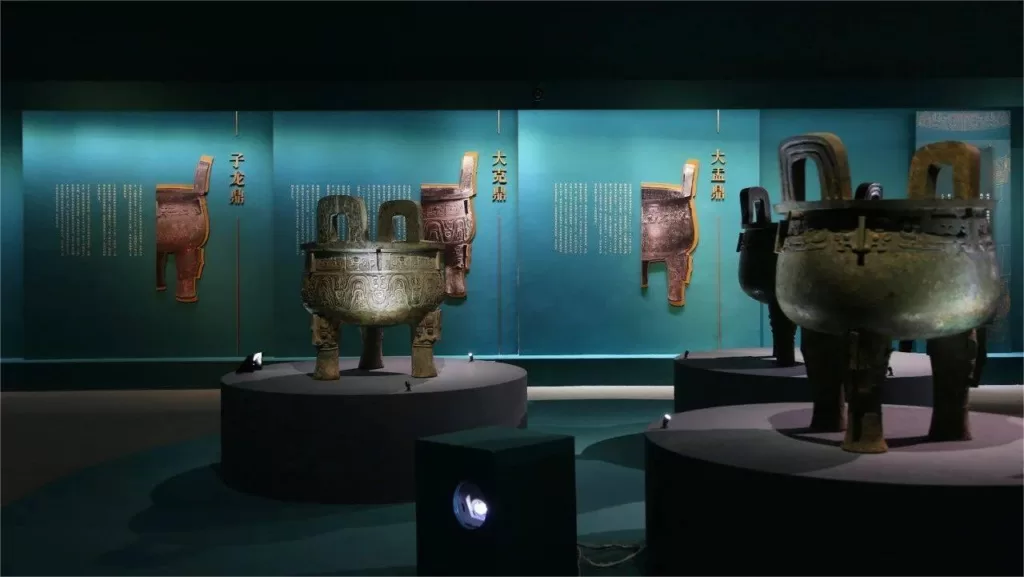
National Museum of China – one of the largest museums in the world
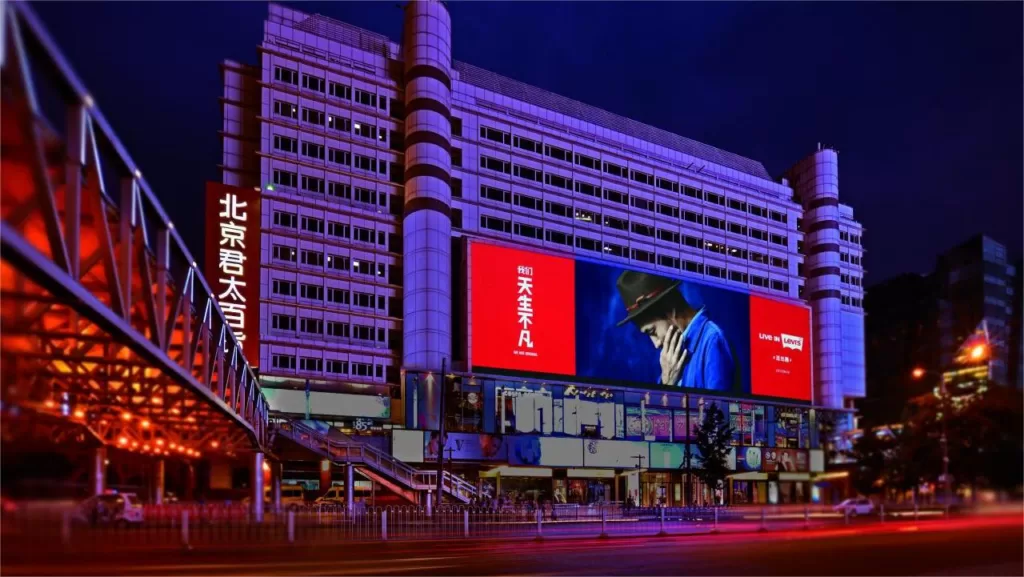
Rua Comercial Xidan - uma das principais zonas comerciais de Pequim

Parque Zhongshan, Pequim - o parque junto à Cidade Proibida
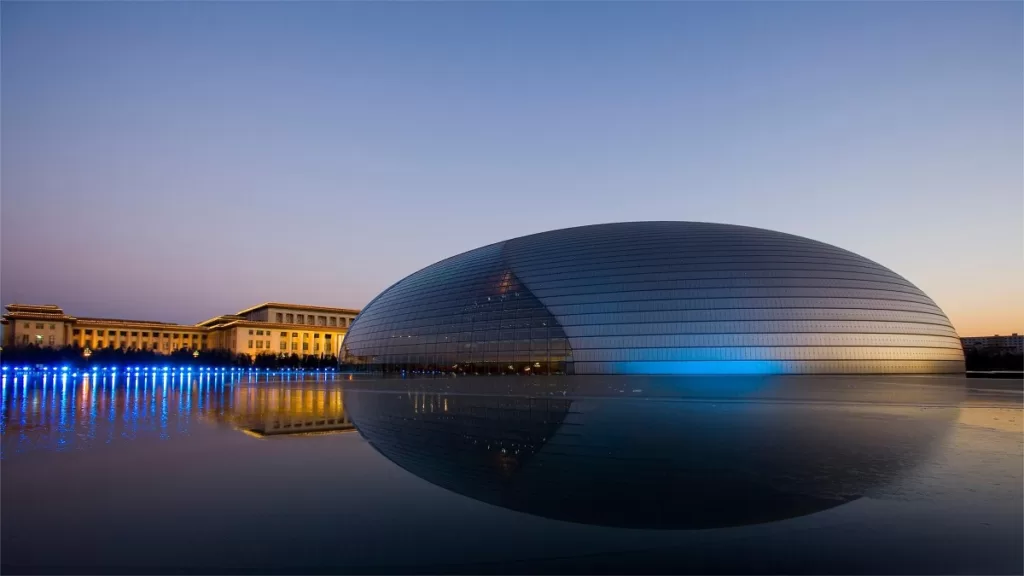
National Center for the Performing Arts - uma instituição cultural proeminente

Rua Wangfujing - uma das zonas comerciais mais populares

Liulichang Culture Street - conhecida pelas suas artes e ofícios tradicionais
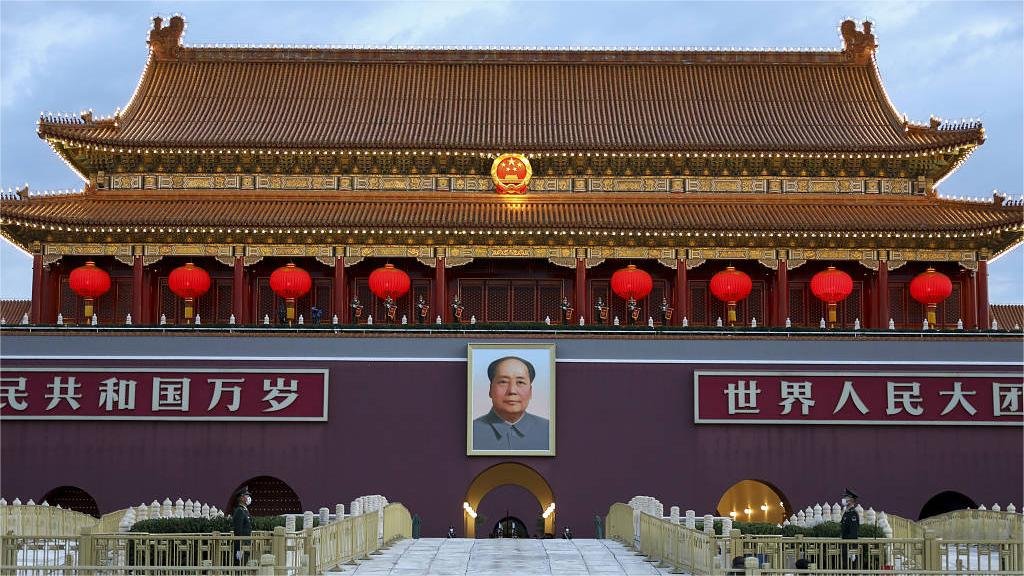
Praça Tiananmen - uma das maiores praças do mundo

Rua Dashilar de Pequim - outrora a zona comercial mais movimentada